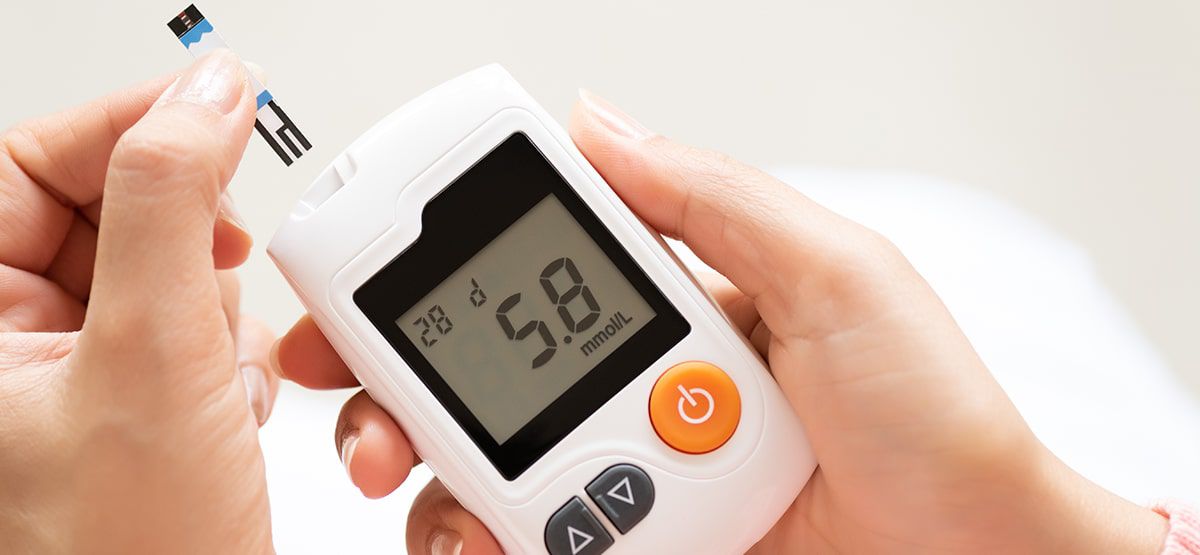
Medical Device Patient Information Leaflets and Implant Cards
From 1st December 2021, all Implantable and Active Implantable Medical Devices (AIMD) are required to hBeginning 1 December 2021, all Implantable and Active Implantable Medical Devices (AIMDs) must be accompanied by patient information materials, specifically Patient Information Leaflets (PILs) and Patient Implant Cards (PICs), unless an exemption applies. These materials must comply with the Essential Principles to be considered regulatory compliant.
This guidance outlines:
- the types of patient information materials, including PILs and PICs;
- the circumstances in which patient information must be provided;
- mandatory requirements for preparing patient information;
- best practice recommendations; and
- steps to take when patient information materials do not meet regulatory requirements.
Manufacturer and Sponsor Responsibilities
Requirements for patient information materials form part of the Essential Principles in Part 2 of the Medical Devices Regulations. Sponsors must ensure that any device listed in the Australian Register of Therapeutic Goods (ARTG) under their name complies with these Essential Principles, including those relating to patient information. Manufacturers are responsible for preparing the content of the leaflets and implant cards. Sponsors must maintain sufficient evidence demonstrating compliance or have systems in place to obtain the necessary information from the manufacturer.
Non‑Compliance with Advertising Legislation
If patient information materials appear inconsistent with advertising legislation, the TGA may take follow‑up regulatory action.
Patient Information Leaflets – Mandatory Requirements
A PIL must be written in English, though additional language versions may be provided. Diagrams, drawings, and symbols (such as MR status symbols) may be included. When provided in hard copy, the English version is mandatory.
The leaflet must:
- use text that is legible, with characters at least 1 mm in height (including letters, numbers, and symbols);
- be easily accessible to the patient; and
- be written in language that is clear and easy for patients to understand.
The leaflet must contain:
- information identifying the device or category of device;
- the intended purpose of the device;
- instructions and information required to ensure safe use; and
- any other information the manufacturer considers useful.
Additionally, the leaflet must meet all requirements in Clause 13A.3 of the Medical Devices Regulations.
How and When to Provide Leaflets
The PIL must be supplied to the patient, though the regulations do not specify the format of delivery. The TGA expects sponsors and manufacturers to ensure that the leaflet:
- is accessible to both consumers and healthcare professionals;
- is available free of charge; and
- is accessible as early as possible to assist treatment discussions.
Electronic Leaflets
When hard‑copy leaflets are supplied, sponsors are strongly encouraged to also provide electronic versions. These support earlier access to essential information by patients and healthcare providers.
When supplying electronic versions, sponsors must ensure that:
- patients are aware of how to access the documents;
- the manufacturer’s website is easy to navigate; and
- patients can locate the specific leaflet for their device.
Sponsors and manufacturers must keep adequate evidence showing that:
- electronic versions of the leaflets have been made available with the device; and
- all Clause 13A.3 requirements have been met.
Leaflets for a ‘Kind of Device’
A single PIL may cover multiple devices if all the following conditions are met. The devices:
- are manufactured by the same manufacturer;
- have the same sponsor;
- share the same device classification;
- have the same device nomenclature system code;
- have the same intended purpose; and
- have identical warnings, precautions, and user risks.
The leaflet must:
- clearly identify all devices covered; and
- list the name and model of each device.
Patient Implant Cards
Mandatory Requirements: A Patient Implant Card (PIC), as specified in Clause 13A.4 of the Medical Devices Regulations:
- must be available and easily accessible to the patient;
- must be written in English, although additional language versions may be supplied; and
- may contain diagrams, drawings, or symbols (including MR status symbols).
If provided in hard copy, the card must comply with these same requirements and be presented in a form that is durable and easily understood by the patient.
Don’t miss out! Click here to stay in touch.
Categories
- Biopharma (58)
- Consumer Health (21)
- Cosmetics (11)
- Diagnostics (5)
- Digital Health (8)
- Food (2)
- Medical Device (112)
- OTC (5)
- Regulatory Intelligence (13)
- Standards (41)
Recent Blogs
Get the latest updates from Vistaar

Related Posts
CONNECT WITH US

Let's talk about how Vistaar can help you




